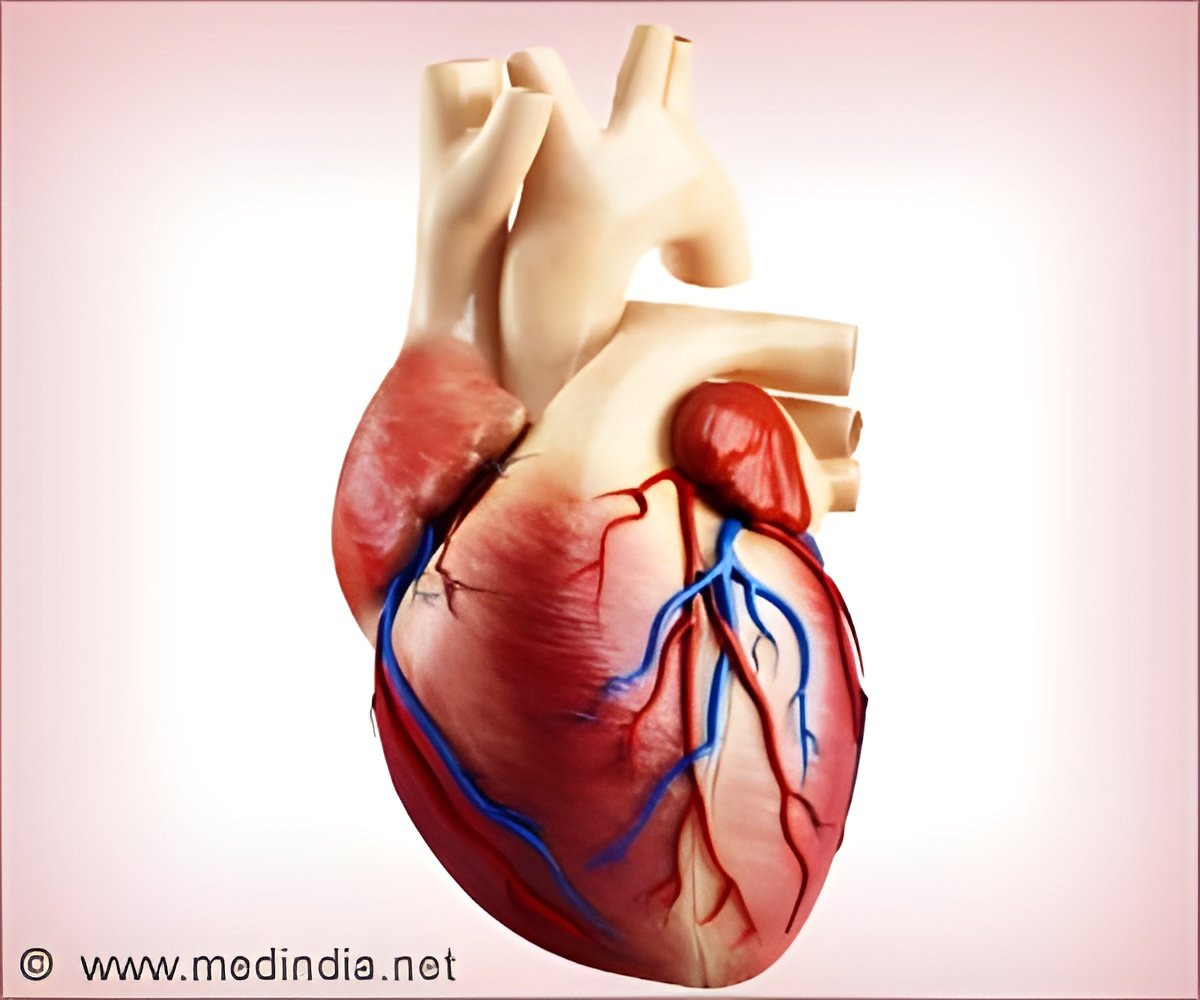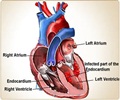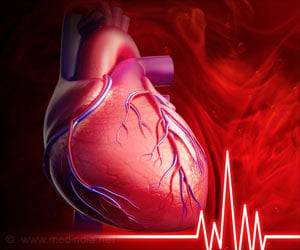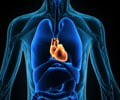Study finds how the oral bacterium Streptococcus gordonii lassoes its way from the mouth to the heart to cause disease.

- Streptococcus gordonii is an oral bacterium that is an opportunistic pathogen that can cause a fatal heart condition called infective endocarditis.
- Adhesion of bacteria to host cells is important for their colonization and ability to cause disease.
- The research team identified a bacterial adhesin called CshA, which acts as a 'molecular lasso' enabling Streptococcus gordonii to bind to the surface of human cells and trigger the disease.
Even after treatment the mortality rates remain high (up to 30%).
In the U.K, annually over 2,000 cases of infective endocarditis are diagnosed.
Researchers looked at the role of Streptococcus gordonii in causing IE, which normally resides in the oral cavity.
The human mouth can harbor more than 700 different species of bacteria.
Role of Protein CshA
For the current study, researchers used the UK national synchrotron facility, Diamond Light Source.
Using this giant X-ray microscope the team were able to visualize the structure and dynamics of a protein called CshA.
The researchers found that CshA acts as a 'molecular lasso' which enables S. gordonii to bind to the surface of human cells.
Such adhesive interactions are critical first steps in the ability of this bacterium to cause disease. This adhesions are facilitated by bacterial adhesins at the cell surface. CshA is one such bacteria adhesin which mediates binding to both host molecules and other microorganisms, is an important determinant of colonization by Streptococcus gordonii
Catch-Clamp Mechanism
Lead author Dr Catherine Back from Bristol's School of Oral and Dental Sciences, said "What our work has revealed is a completely new mechanism by which S. gordonii and related bacteria are able to bind to human tissues. We have named this the 'catch-clamp' mechanism."
The terminal portion of CshA is very flexible which allows it to be cast out from the surface of the bacterium like a lasso.
In the catch-clamp mechanism, the 'catch' occurs when the lasso contacts a protein called fibronectin on the surface of human cells. The 'catch' brings CshA and fibronectin into close proximity.
This then enables another portion of CshA to tightly 'clamp' the two proteins together, anchoring S. gordonii to the host cell surface.
Co-researcher Dr Paul Race from Bristol's School of Biochemistry and the BrisSynBio Research Centre, said "What is particularly exciting about this work is that it opens up new possibilities for designing molecules that inhibit either the 'catch' or the 'clamp' steps in this process, or potentially both. The latter possibility is particularly intriguing, as bacteria are generally less likely to become resistant to agents that target multiple steps in an infective process."
Dr Angela Nobbs, from the School of Oral and Dental Sciences, who co-led the study with Dr Race, added "With the molecular level insight that our study provides, it is now a realistic possibility that we can begin to develop anti-adhesive agents that target disease-causing Streptococcus and related bacteria."
The findings could lead to the development of new drugs to help combat this life threatening heart disease.
The study which was conducted in collaboration with Professor Rich Lamont at the University of Louisville, USA is published in the Journal of Biological Chemistry.
Reference
- Infective Endocarditis - (http://patient.info/in/doctor/infective-endocarditis-pro)
- Catherine R. Back et al. The Streptococcus gordonii adhesin CshA binds host fibronectin via a catch-clamp mechanism. Journal of Biological Chemistry; (2017)
Source-Medindia















